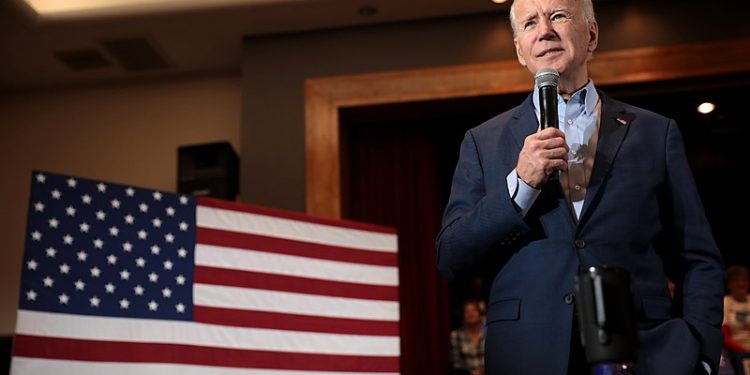They call them “the invisible” and are all those people who end their existence due to overdose.
Although it is a social plague that kills tens of thousands of people every year in the United States, yet the problem never had a serious response from the Administrations in the last few decades.
Harm Reduction in the United States
Harm Reduction is a set of practices aimed at limiting the damage caused by a specific substance such as smoke, alcohol, or anything that could harm the human body.
Harm Reduction policies also focused on the use of narcotic substances and drugs that create a high rate of addiction and are potentially lethal.
In the United States, overdose and abstinence episodes in recent years have shown an increase of 35%, with a peak of 70,630 cases recorded in 2019. An increase not observed in any other cause of death in the country.
So far, U.S Administrations have refused to support Drug Harm Reduction either domestically and internationally.
In recent years, Washington had a rather negative influence on the UN Commission on Narcotic Drugs. Under the pressure from the US State Department, terms such as “Harm Reduction” have been deleted from reports produced by the international institution.
Why so much reticence towards Harm Reduction?
The history of Harm Reduction in the United States is particularly difficult, with the past two decades that have seen fierce resistance to the implementation of any policy in the country.
This is due to the demonization of particular psychoactive drugs which are associated with certain ethnic/racial groups. But also to a long tradition of moral and religious condemnation of drugs, so that the civil code itself has incorporated these codes of conduct.
The combination of the two dynamics – intolerant moralism and stigmatization of certain social groups – may justify the criminalization of drug use and a repressive response rather than preventive.
What could change with Biden’s presidency?
President Joe Biden made clear that limiting overdose deaths and drug addiction is one of his priority. In one of his administration’s first measures, he allocated 4 billion dollars to implement prevention services vital for drug addicts.
Besides, he clearly expresses that should be no incarceration for drug possession but rehabilitation through specific therapies.
Among the priorities of the Biden-Harris Administration for the first year – according to the recent White House press release – there are total health coverage that helps people with addiction to obtain the right medical and psychological support; implementation of ethnic equality racial approach to Harm Reduction policies; improve Harm Reduction efforts based on scientific evidence; prevention policies on drug use among young people; reduce international supply channels of illicit substances.
A bold and revolutionary approach that is set to accelerate the implementation of Harm Reduction policies worldwide.
The United States and the rest of the world
Political choices in Washington influence international institutions. The new approach of the Biden Administration certainly put the basis for a rethinking of all Harm Reduction policies worldwide. Among the most prominent examples, Tobacco Harm Reduction policies.
According to a report by the Global State of Tobacco Harm Reduction, tobacco control policies at the World Health Organization are heavily influenced by the billions of dollars coming from US foundations to implement their campaigns, while misinformation deters smokers from switching to safer products.
A change of direction by Washington could encourage the pursuit of Harm Reduction policies not only against drugs but also towards other harmful substances, including smoke.





